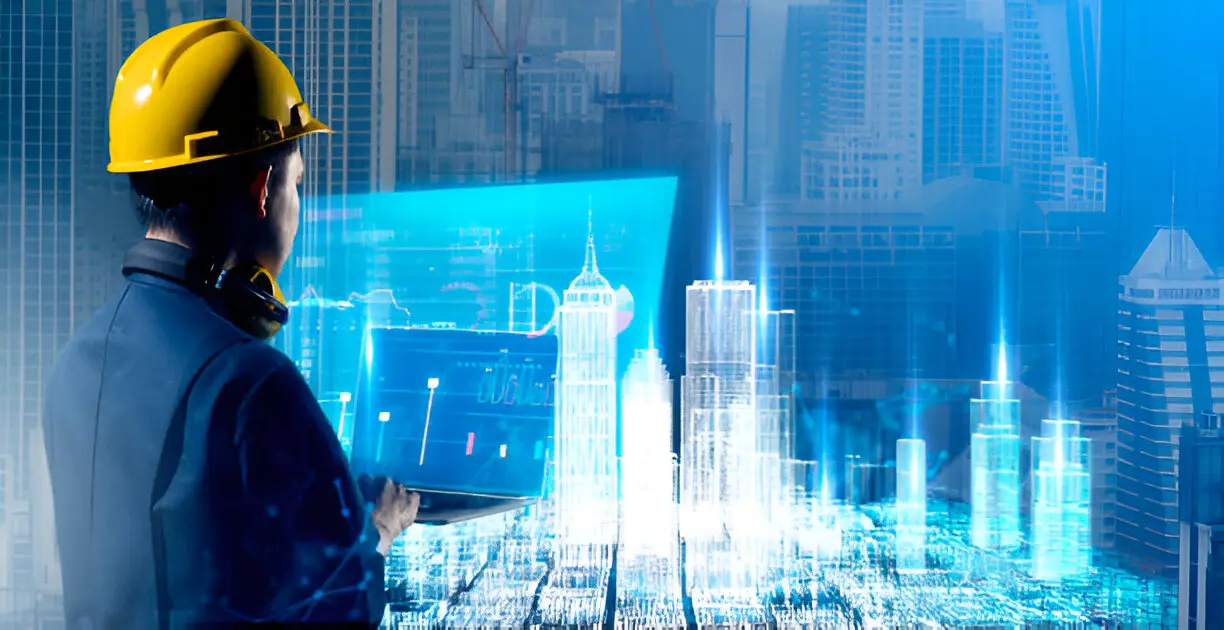Key Takeaways
- Smart building technologies significantly reduce energy consumption and operational costs.
- Integrating IoT devices enables real-time monitoring and control of building systems.
- Advanced materials and adaptive designs contribute to sustainability and occupant well-being.
Table of Contents
- Energy Efficiency Through Smart Technologies
- Enhancing Occupant Comfort with IoT Integration
- Adaptive Designs and Sustainable Materials
- Case Studies of Smart Building Implementations
- Future Trends in Smart Building Solutions
Modern buildings are rapidly evolving to meet the demands of efficiency, sustainability, and occupant comfort. By integrating advanced technologies and smarter design strategies, today’s construction projects aim to reduce energy consumption while maximizing functionality. This shift is not just about innovation it’s about redefining how we interact with the spaces we live and work in.
Building automation is one of the most effective ways to support this evolution. These systems streamline the management of lighting, HVAC, security, and other essential functions, allowing for real-time adjustments based on occupancy or environmental changes. By automating key operations, facilities can run more efficiently, reduce operational costs, and create more responsive environments. As modern buildings embrace digital transformation, automation becomes a foundational element in sustainable and intelligent infrastructure planning.
Energy Efficiency Through Smart Technologies
The cornerstone of any smart building is its ability to operate with remarkable energy efficiency. Automated systems, guided by real-time data, can precisely regulate power usage to match occupancy and environmental conditions. For example, deploying occupancy-based controls in workplaces and public spaces can slash energy consumption by up to 22%, particularly by dynamically adjusting lighting, heating, cooling, and plug loads whenever an area is unoccupied. Advanced analytics further enable predictive maintenance and optimization of building systems, reducing wasted resources and lowering operational expenses and carbon footprints.
Leading energy-saving solutions leverage sophisticated control algorithms and machine learning. For instance, intelligent lighting systems employ daylight harvesting strategies to adjust output based on available natural light. At the same time, HVAC setups deliver zone-specific climate control, finely tuned to individual user preferences and building usage patterns. Collectively, these solutions are fundamental for organizations striving to achieve environmental certifications or comply with evolving regulations.
Enhancing Occupant Comfort with IoT Integration
Modern smart buildings are designed with occupant experience at their core. By embedding IoT sensors throughout a facility, buildings gain a constant stream of data on temperature, humidity, air quality, lighting levels, and occupancy. These sensor arrays feed into centralized platforms that continuously analyze the data and adjust automatically to maintain optimal indoor conditions. Smart thermostats, responsive window shading, and air purification systems all collaborate to ensure maximum comfort while maintaining efficiency.
Occupants and facility managers can personalize settings using intuitive apps and interfaces, enhancing user agency and satisfaction. Furthermore, superior environmental quality has been linked to higher productivity and well-being, making IoT-driven buildings especially appealing to commercial tenants and organizations that highly value employee health. As the demand for healthy workplaces grows, IoT integration is expected to become standard practice for new developments and retrofits alike.
Adaptive Designs and Sustainable Materials
Building resiliency and sustainability depend on intelligent controls and the materials and structural systems they manage. Today’s architects embrace designs that respond to human needs and environmental imperatives. Adaptive façades, kinetic shading devices, and dynamic insulation are just some innovations capable of reacting to external conditions, thus regulating internal temperatures and reducing dependence on energy-intensive HVAC operations.
Alongside technological progress, materials science continues to revolutionize the sustainability of smart buildings. Using recycled content, rapidly renewable resources, and low-VOC finishes supports healthier indoor air and lowers environmental impact. Many leading-edge projects integrate these adaptive and eco-friendly solutions as part of holistic sustainability strategies—from green roofs to living walls, rainwater harvesting, and solar-integrated structures—demonstrating the potential of modern buildings to contribute positively to their surroundings and communities.
Case Studies of Smart Building Implementations
Multiple real-world examples showcase the power of integrating smart technologies within contemporary architecture:
- The Edge in Amsterdam: Widely regarded as the “smartest building in the world,” this office complex utilizes a network of 28,000 sensors to optimize lighting, climate, security, and space utilization. It has achieved a remarkable 70% reduction in electricity costs and is setting the bar for intelligent office design globally.
- Pixel Building in Melbourne: A sustainability trailblazer, this office building features energy and water generation on-site and innovative systems like vacuum toilet technology that dramatically reduces water use by 90%. Its net-zero credentials and smart operational systems underscore the synergy between sustainability and technology.
Such projects highlight the scalability and versatility of smart solutions in diverse contexts, from iconic corporate headquarters to local office spaces and even residential complexes.
Future Trends in Smart Building Solutions
Looking ahead, the field of smart buildings is set for profound evolution, driven by continuous advances in artificial intelligence (AI), machine learning, renewable energy, and connectivity.
Artificial Intelligence and Machine Learning
Future buildings will employ AI to automatically discern occupant patterns, predict energy demand, and proactively adjust for optimal performance. AI-driven platforms will minimize waste, detect faults before failures occur, and even adapt environments to individual needs, making buildings truly responsive spaces.
Integration with Renewable Energy Sources
Mounting pressure for sustainability will prompt even more facilities to integrate on-site energy generation and storage, such as solar arrays and battery systems, enabling grid independence and resilience. These smart grids will interact with utility networks to trade power during peak demand, further enhancing sustainability and lowering costs.
Enhanced Connectivity
The expansion of IoT and forthcoming 5G networks will enable more seamless, high-speed communication among building systems and devices. This connectivity leap will facilitate even richer data flows, faster response times, and broader interoperability, unlocking new possibilities for automation and optimization.
As these trends reshape the built environment, it’s clear that the future belongs to buildings that are intelligent, resource-efficient, and deeply aligned with their occupants’ needs. With each innovation, smart buildings bring us closer to a world where structures adapt, respond, and thrive alongside the people they serve.
Also Read-From Honeycomb Pads to I-Pure Technology: The Science of Staying Cool with HiFlo 27




